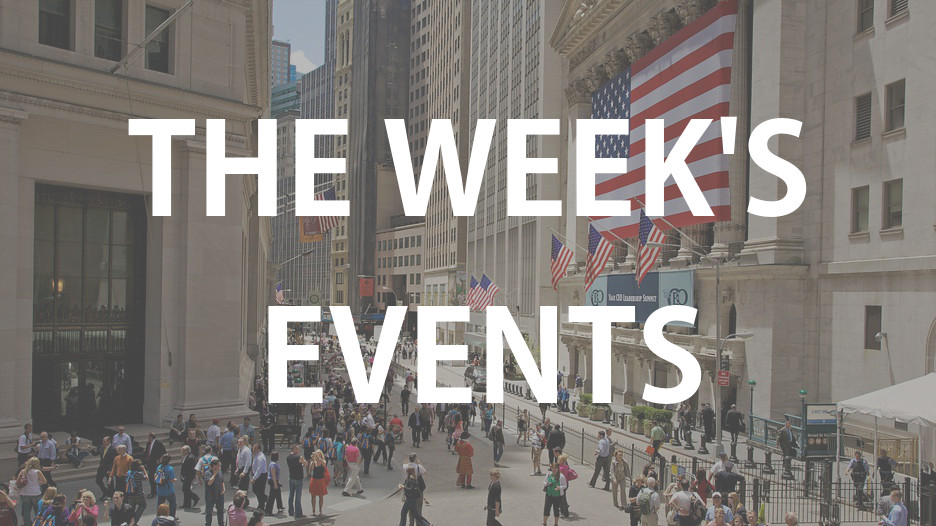Let’s separate the three different issues that the Administration is focused on addressing when it comes to their current strategy on trade taxes. Firstly, protecting the technology of American companies from Chinese theft, a very worthy goal and this article Friday in the NY Times highlights the challenges being faced, //www.nytimes.com/2018/06/22/technology/china-micron-chips-theft.html. The second is trying to knock down the tariff induced trade barriers that other countries have relative to the US. We all want that. The last one, sort of a byproduct of number two, is trying to lower the US trade deficit. This one I believe is much more misplaced as an end to itself as trade is not a zero sum game and a deficit should not always be viewed as a negative and a surplus is not always a positive.
As for the first concern, we don’t seem to have made any progress addressing with the current tariff plan but are at least calling China out deservingly so. The 2nd one might be gaining some traction in bits and pieces and hopefully continues. The 3rd is only a symptom of everything else. Either way and regardless of how one thinks this should all be handled, the means to the intended end is immediately having negative real world impacts.
Over the weekend the French PM met with President Xi and Xi expressed his interest in buying more Airbus planes. Harley Davidson filed an 8k this morning responding to the EU tariffs on their motorcycles. They said they expect “these tariffs will result in an incremental cost of approximately $2,200 per average motorcycle exported from the US to the EU. Harley-Davidson believes the tremendous cost increase, if passed onto its dealers and retail customers, would have an immediate and lasting detrimental impact to its business in the region, reducing customer access to Harley-Davidson products and negatively impacting the sustainability of its dealers’ business…On a full year basis, the company estimates the aggregate annual impact due to the EU tariffs to be approximately $90 to $100mm.” The US is about to lose jobs from this because HOG “will be implementing a plan to shift production of motorcycles for EU destinations from the US to its international facilities to avoid the tariff burden.” The American farmer is not too happy either right now with the price of soybeans at a 27 month low and China their biggest customer.
So in response to the trade spats we’ll have some US companies shift production overseas and foreign companies move production to the US with one offsetting the other.
Q2 earnings season will now be flooded with commentary on the impact of what has been done and threatened. The growth worries has the US 2s/10s spread now down to 34 bps, a fresh 11 yr low. Because inflation pressures are only growing and the trade stuff will only exaggerate that, the Fed’s job doesn’t get any easier.
To address its own growth issues, the PBOC cut its reserve requirements for many banks to 15.5% from 16%. The South China Morning Post said “The move is a ‘targeted operation’ aimed at supporting the weak links in the economy and not a change to the country’s ‘neutral and prudent’ monetary policy stance, the PBOC said.” The news initially helped the Chinese stock market but the news last night that the US Treasury Department was working on limiting Chinese investments in US technology companies send the Shanghai comp down 1% and lower by 13.5% ytd. The H share index was down by 1.2% and weaker by 4.3% ytd.
With 40% of its economy dependent on exports, the German IFO business confidence index for June fell .5 pt to 101.8 but that was as expected. The expectations component was unchanged m/o/m but the current assessment fell by 1 pt. The headline number matches the lowest since March 2017. The IFO said “The tailwind enjoyed by the German economy is calming down.” We’ve certainly seen that for the past few months in the data. The DAX is down 1.4% and by 4% year to date.






 Peter is the Chief Investment Officer at Bleakley Advisory Group and is a CNBC contributor. Each day The Boock Report provides summaries and commentary on the macro data and news that matter, with analysis of what it all means and how it fits together.
Peter is the Chief Investment Officer at Bleakley Advisory Group and is a CNBC contributor. Each day The Boock Report provides summaries and commentary on the macro data and news that matter, with analysis of what it all means and how it fits together.